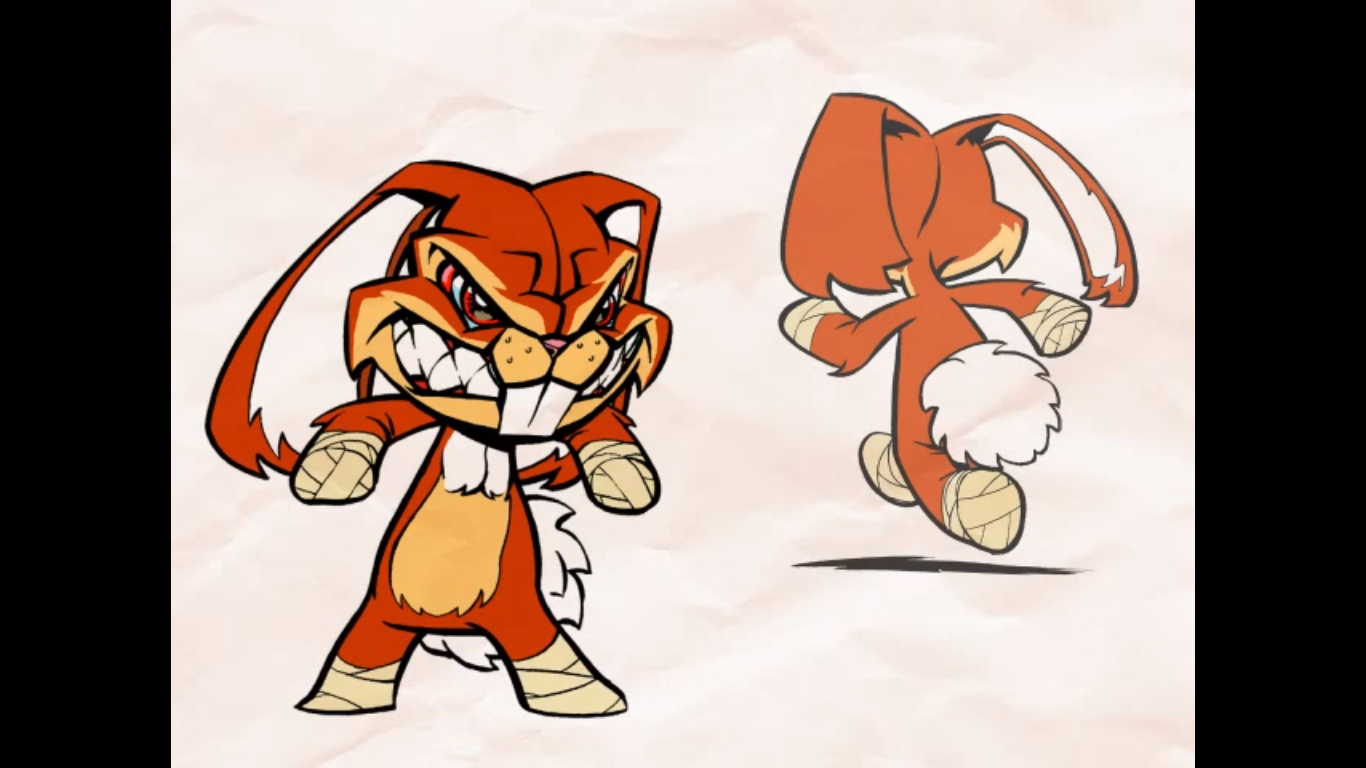


Dixie, on the other hand, snags Donkey Kong’s utility of holding the barrel directly above the character’s head and utilizing overhead throws with a bit extra. Diddy is of course, still a pleasure to control thanks to his quick cartwheel jump providing a “low and long” form of movement, and holding the barrel directly in front gives Diddy a quick form of defense for approaching enemies. In Diddy’s Kong Quest, Dixie and Diddy are stratified enough to where your second character is more than just a representation that you can take a second hit. Diddy’s quicker cartwheel and faster jump means that he is the weapon of choice for most of the platforming in the long expanses of the original DKC, and Donkey Kong is often there just as a “back-up” second life. However, let’s consider Donkey Kong’s value as a controllable character in the original outside of being a heavier character to one hit KO Armys, Krushas, and Klumps by jumping (Diddy must generally use barrels and cartwheels to defeat these enemies, or in the case of Krushas, often outright avoid them), as well as the abilities to hand slap the ground (not really useful in the original outside of collecting some stray items with no hints and defeating stunned Rock Krocs in one level) and holding the barrel directly above his head, Donkey Kong mostly serves as the character you play when you don’t feel like risking the more agile Diddy Kong to potential death. It’d be easy to write off Dixie Kong as a Diddy Kong clone, considering that their weight and physics are about the same and Dixie was originally created by iterating upon Diddy’s design in the first place. This layer of calculation behind the mechanics translates to practically every single one of the mechanics in the sequel, starting with the characters themselves.

One particularly clever example comes in the level “ Target Terror”, where an enemy throwing barrels at you in the car ahead drops to a track below the main track if you decide to make the jump, signifying for future runs that there’s probably something hidden below. Moreover, secret entrances and bonus barrels are more clearly marked with elements such as stray bananas, enemy clusters guarding paths, platforms that are just off-screen, and even banana arrows redirecting players to areas of interest or spelling out button prompts to supercharge animal buddies/team throw. Diddy’s Kong Quest, however, shows far more focus: the usual spelling and slot minigames alongside treasure troves have been replaced with timed challenges that actively test players’ abilities as par the level’s themes: for example, the bonus area in the first half of Screech’s Sprint requires players to switch between characters to balance out cartwheel jumps and hovering, a bonus area in the windy Gusty Glade requires players to time jumps across dragonflies while being boosted by a current, and so on so forth. While I never personally had much of an issue with exploration in the original, I have to admit that there isn’t much of an incentive trying to find bonus rooms outside of collectibles that all lead to extra lives and the thrill of stumbling upon treasure troves through tougher maneuvers. This is perhaps the most pronounced improvement from the original to the sequel: secret finding and completion now feels significantly more intuitive and fulfilling.


 0 kommentar(er)
0 kommentar(er)
